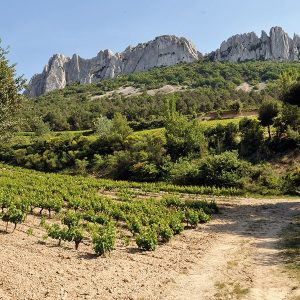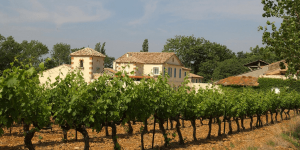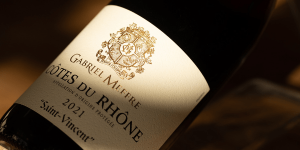Discovering the art of pairing wine and chocolate
The meeting of two terroirs
Wine and chocolate: two products of very different origins, cultures and regions, geographically very far apart. And yet they somehow make the ideal marriage. While this is a well-known fact by now, the subject is no less complex.
On the one hand, we have Gabriel Meffre wines: a range of varieties from a crisp, round white to a delicately fruity rosé to a spicy red. On the other, cocoa of various provenances, from Colombia, Mexico, Ecuador and other exotic climes.
A question of balance
The process of matching food and wine can change depending on the circumstances of the tasting, the time of year, and the people taking part. It will also differ according to our powers of concentration and ability to step into the world of sensory analysis. It is at times like this when we call upon our olfactory, taste and other sense memories.
Indeed, whether we are tasting wine or chocolate, all of our five senses are engaged. Tasting a wine calls on our sense of hearing, for example, when the bottle is opened. With our sight we assess the body, the reflections on the wine and so forth. Our sense of smell comes into play to detect aromas on the first and second nose.
The same goes with chocolate. Smelling its bouquet is the first step in exploring the olfactory dimension during a tasting. Our sense of touch is employed when we first pick up the chocolate and feel it in our hand, followed by its texture that is revealed in our mouth. Our taste buds are stimulated by the flavours when we finally get to savour the chocolate. *
The art of pairing food and wine is an ode to the notion of respect: the wine and the chocolate need to blend while responding to or completing one another. A pairing might be influenced by the principle of mirroring, for instance matching a spicy wine with ginger-infused chocolate. In other cases, a match might call on the principle of contrasting to create complementary associations and conjure up a third aroma.
If the happy union of red wine and chocolate is well proven, it’s because they share a similar ingredient. Both contain tannins, mostly found in black grape berries and in cocoa beans. A high percentage of cocoa will stand up to a wine with pronounced tannins, such as a Gigondas or a Châteauneuf du Pape Laurus.
Pairings for every palate
Here are a few tasting tips. With a piece of 80% chocolate from Venezuela, opt for a wine made predominantly from Grenache, such as our Gigondas Hommage à Gabriel Meffre from Domaine de Longue Toque. The match will bring out the velvety texture and spicy aromas.
If white chocolate is more your fancy, we recommend our Viognier 2014 Laurus, a dry white wine that will temper the sweetness of the white chocolate to create a fine and elegant balance.
If you are thinking about a chocolate dessert (a Black Forest gâteau or chocolate fondant), look no further than red wines with red and dark fruit aromas and velvety tannins aged for two to three years.
To accompany a savoury chocolate dish, a mole poblano–a typical Mexican dish, lean towards a well-structured, rather developed wine to counterbalance the sweetness in the sauce. A bottle of Crozes Hermitage Gabriel Meffre or Gigondas Domaine de Longue Toque Millésime 2013 will really complement the dish, creating a truly authentic and bold match.
Matching wine and chocolate also takes into account the ripeness of the cocoa beans, the cocoa content and the grape varieties and age of the wine. All these technical characteristics have a bearing on the harmony created when both wine and chocolate are enjoyed together. An experience of the senses that once tried will have you wanting more. Now enjoy the process of experimentation and invent your own pairings!
Rubrics
Découvrez plus d'articles...
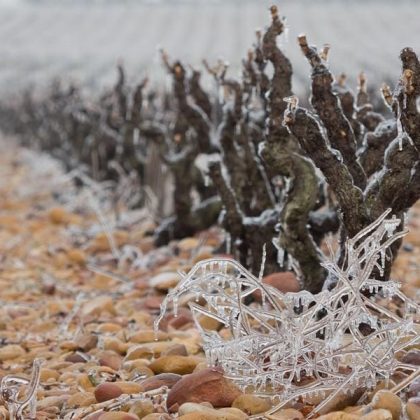
The vineyard and wine cellar in winter
What happens in the world of wine during the winter period? After the hustle and bustle of autumn, the harvests and vinification process, comes winter, a season devoted to maturation and looking after the vines.

In 2018, we will continue to strive to be a Responsible Company!
In this new year, our wish to help build a world that respects both mankind and the environment is as strong as ever. This can be seen through the number of our projects for 2018 that are closely related to our convictions as a Responsible Winery. We’re delighted to be given the opportunity to tell you about them!
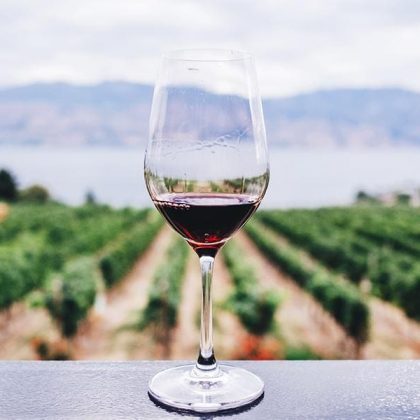
Wine and tannins
Tannins. We’ve all heard of them. But where do they come from? What purpose do they serve in wine? In this article, we shine a light on the origins and function of this common but little known substance.
